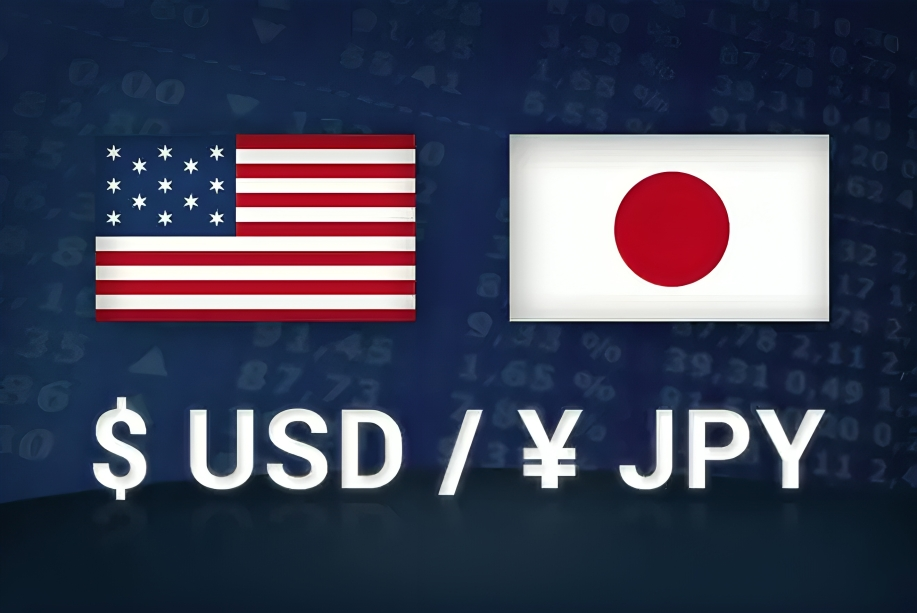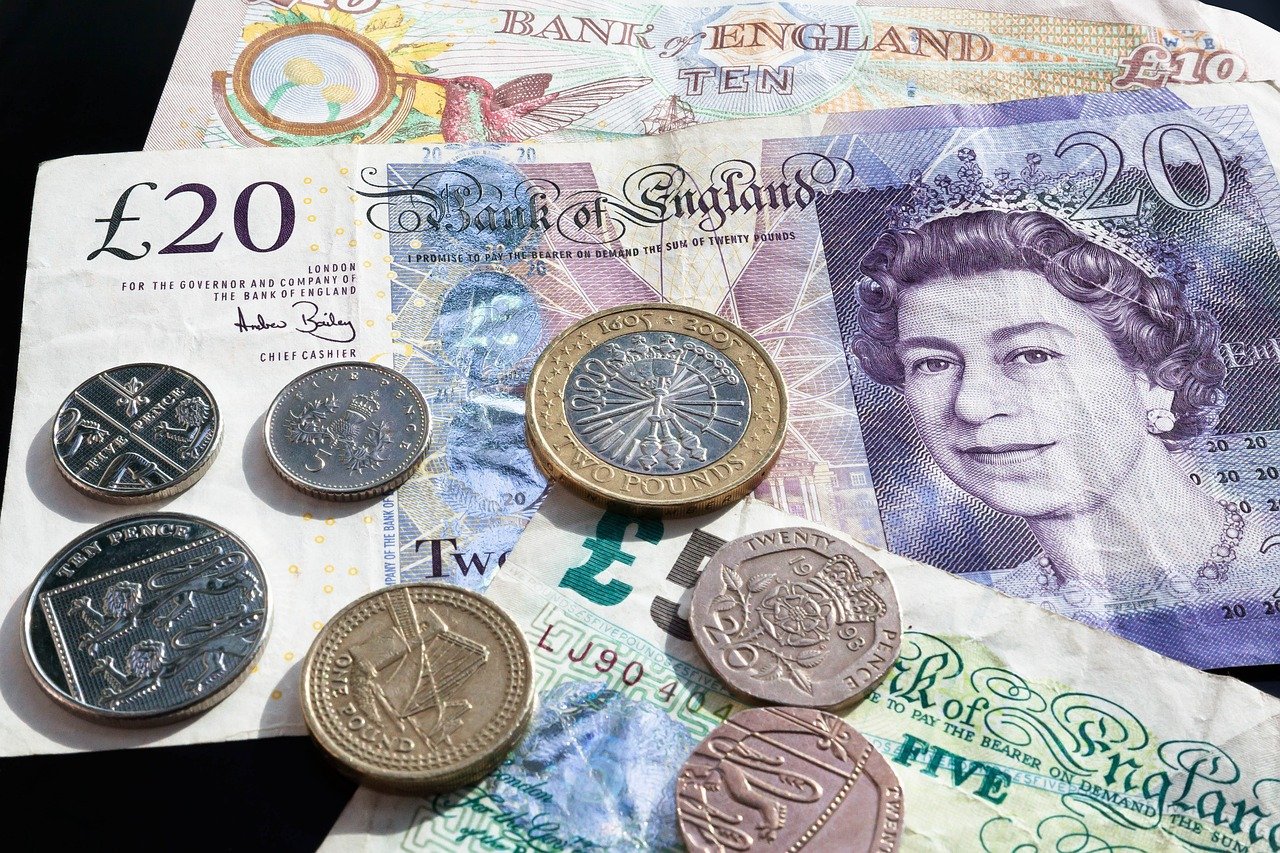GBP/USD Tests 1.3000 Faces Headwinds from Dovish Bank of England Sentiment
The GBP/USD currency pair is gradually edging closer to the 1.3000 mark during Asian trading on Wednesday. However, the British Pound (GBP) faces notable headwinds due to a dovish outlook surrounding the Bank of England (BoE). Expectations of a potential rate cut by the BoE in November, combined with weak economic indicators from the UK, are weighing heavily on the Pound. Meanwhile, the US Dollar (USD) continues to strengthen as US Treasury yields rise, supported by a more resilient US economy and a less aggressive rate-cutting stance from the Federal Reserve (Fed). This article delves into the key factors influencing the GBP/USD pair and the challenges ahead for the British currency.
Challenges for GBP: Dovish Sentiment Surrounding the BoE
1. BoE Expected to Cut Rates Amid Weak UK Economic Data
The primary factor pressuring the British Pound is the growing expectation that the Bank of England will reduce its interest rates by 25 basis points in November. This sentiment has been fueled by a series of disappointing economic data releases in the UK, including declining consumer and producer inflation figures as well as weak labor market data.
Inflation in the UK has shown signs of easing, with both consumer prices and producer prices experiencing a downturn. The labor market has also weakened, with higher unemployment figures and slower wage growth. These developments suggest that the BoE may be inclined to adopt a more dovish monetary policy stance in an effort to support the UK economy. Market analysts expect that the central bank may follow up the November rate cut with another quarter-point reduction in December.
2. BoE Governor’s Comments on Financial Regulation
In a speech delivered at a Bloomberg event in New York, BoE Governor Andrew Bailey addressed the need for the UK central bank to enhance its surveillance of the non-banking financial sector. Bailey emphasized that the BoE is approaching a point where it must shift its focus from rule-making to surveillance to better monitor financial activities outside the traditional banking system. This shift in regulatory focus comes as the BoE grapples with challenges in an increasingly complex financial landscape, with less transparent activities occurring in the non-banking sector.
Bailey’s remarks reflect the BoE’s concerns about potential risks within the financial system, particularly as the UK economy faces slowing growth and elevated inflation. These factors contribute to the overall dovish sentiment surrounding the BoE and add pressure on the GBP/USD exchange rate.
3. BoE Deputy Governor to Speak on Financial Regulation
In addition to Governor Bailey’s comments, BoE Deputy Governor Sarah Breeden is set to participate in a panel discussion on financial regulation organized by the Institute of International Finance (IIF) in Washington on Wednesday. Breeden’s remarks may provide further insights into the BoE’s policy outlook and regulatory strategy, potentially influencing market sentiment regarding the Pound.
US Dollar Strength: Fed’s Hawkish Outlook and Rising Treasury Yields
1. Resilient US Economy Supports the USD
While the Pound faces challenges, the US Dollar continues to strengthen, supported by rising US Treasury yields and a resilient US economy. The Federal Reserve’s recent policy signals have been less dovish than previously expected, with market participants now anticipating smaller nominal rate cuts in the near term.
In a social media post, Federal Reserve Bank of San Francisco President Mary Daly noted that the US economy is in a stronger position, with inflation having fallen significantly and the labor market returning to a more sustainable trajectory. These comments suggest that the Fed may be less inclined to implement aggressive rate cuts, as the US economy appears to be on a stable path toward its inflation and employment goals.
2. US Dollar Index Near Two-Month High
As a result of the Fed’s more hawkish tone, the US Dollar Index (DXY), which measures the USD’s strength against a basket of six major currencies, is trading near a two-month high at 104.20. This surge in the US Dollar has been further supported by rising Treasury yields, which reflect increased investor confidence in the US economy.
The yield on the benchmark 10-year US Treasury bond rose to 4.23%, while the 2-year Treasury yield hovered around 4.05%. Higher bond yields make the US Dollar more attractive to investors, drawing capital away from other currencies, including the British Pound.
Outlook for the GBP/USD Pair
1. Technical Analysis: GBP/USD Testing 1.3000
From a technical perspective, the GBP/USD pair is testing the key psychological level of 1.3000. This level represents a critical point for the pair, as it has acted as both support and resistance in recent weeks. A sustained move above this level would be necessary for the Pound to gain further ground against the USD, but the headwinds from the BoE’s dovish outlook make this scenario challenging.
If the Pound is unable to break above 1.3000, the pair may face further downside risks, especially if the BoE confirms its rate-cutting intentions in the coming weeks. In the event of a rate cut, the GBP/USD pair could drop towards support levels around 1.2900 and 1.2800.
2. Key Factors to Watch
Looking ahead, several key factors will influence the trajectory of the GBP/USD pair. First, market participants will closely monitor BoE Deputy Governor Sarah Breeden’s remarks at the IIF panel discussion for any additional insights into the BoE’s policy direction. Any indication of further rate cuts could weigh heavily on the Pound.
Second, developments in the US economy, particularly with regard to inflation and employment data, will also play a significant role in shaping the USD’s strength. Should US economic data continue to show resilience, the Fed may maintain its less aggressive rate-cutting stance, providing further support for the US Dollar.
Lastly, geopolitical factors, such as the ongoing conflict in the Middle East, could also influence market sentiment. As global uncertainties rise, safe-haven demand for the USD could increase, putting additional pressure on the GBP/USD pair.
GBP/USD Faces Downside Risks Amid Diverging Central Bank Policies
In summary, the GBP/USD pair is facing significant headwinds as the market anticipates dovish moves from the Bank of England in the form of rate cuts. Weak economic data from the UK, coupled with comments from BoE Governor Andrew Bailey, have fueled expectations of a more accommodative monetary policy stance. At the same time, the US Dollar is benefiting from a resilient US economy and rising Treasury yields, supported by a less dovish Federal Reserve.
As the GBP/USD pair approaches the 1.3000 level, it faces the challenge of breaking above this key psychological barrier. However, unless the BoE adopts a more hawkish stance or UK economic data improves, the Pound may struggle to gain ground against the USD. Investors will continue to closely watch developments in both the UK and US, as well as global geopolitical risks, to assess the future direction of the GBP/USD exchange rate.




